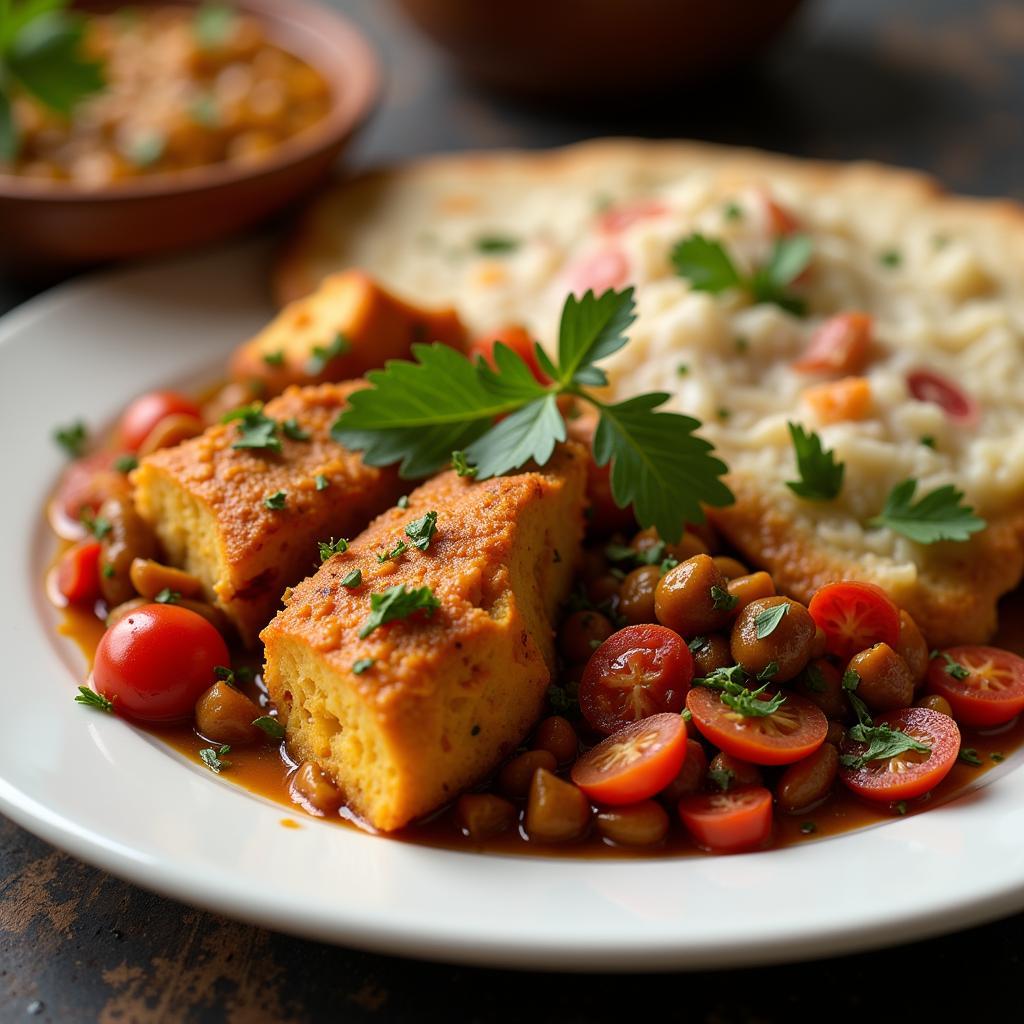Exploring the Vibrant World of African Dance Styles
African Dance Styles are a vibrant tapestry woven from the rich cultural heritage of the continent’s diverse people. From the rhythmic beats of West Africa to the graceful movements of East Africa, each region boasts unique dance traditions that reflect their history, beliefs, and social structures. This exploration delves into the captivating world of African dance, highlighting its diversity, significance, and global influence. We’ll examine how these styles have evolved, adapted, and continued to inspire movement and creativity worldwide. After the introductory overview, we will dive into the specifics of various dance styles across the continent.
The Cultural Significance of African Dance
African dance is more than just entertainment; it’s an integral part of life, deeply embedded in ceremonies, rituals, storytelling, and social gatherings. These dances embody cultural values, preserve history, and celebrate important milestones. They can express joy, sorrow, spirituality, and even serve as a form of communication. Imagine a traditional wedding ceremony where the bride and groom perform a dance passed down through generations, expressing their love and commitment before their community. These dances often involve elaborate costumes, rhythmic music, and symbolic gestures, adding layers of meaning to the movements.
Whether celebrating a harvest, marking a rite of passage, or simply enjoying a communal gathering, dance plays a vital role in African society. It’s a powerful expression of identity and unity, binding communities together through shared traditions and experiences.
Regional Variations in African Dance Styles
The vastness of Africa translates into a stunning variety of dance forms. Each region, with its unique cultural influences and historical narratives, has developed distinct styles that reflect their specific environment and social norms. Let’s explore some of the prominent regional variations.
West African Dance Styles
West African dance is characterized by energetic movements, polyrhythmic drumming, and vibrant costumes. From the energetic Azonto of Ghana to the celebratory dances of Senegal, this region is known for its dynamic and captivating dance traditions. These styles often emphasize intricate footwork and torso movements, creating a captivating spectacle of rhythm and energy.
East African Dance Styles
East African dance styles, in contrast, are often more fluid and graceful, emphasizing elegance and precision. The intricate movements and rhythmic swaying of East African dance reflect the region’s unique cultural influences and historical narratives. These dances often tell stories and express emotions through subtle gestures and controlled movements.
Southern African Dance Styles
Southern African dance is rich with symbolic gestures and intricate footwork, often performed in groups to celebrate cultural events and important occasions. The dances of Southern Africa are a vibrant expression of the region’s diverse cultural heritage.
African braiding shop styles reflect the diverse aesthetics of African hairdressing. You can discover more about African islands by looking at African island dances names.
What are Some Popular African Dance Styles?
Many specific dances have gained international recognition, like the Gumboot dance of South Africa, born from the necessity of communication in the mines. Or the energetic Ndlamu of Zulu warriors. Each style tells a story, reflecting the history and traditions of its people.
How Has African Dance Influenced Global Dance Forms?
African dance has had a profound impact on global dance forms, particularly in the Americas and the Caribbean. Many contemporary dance styles, such as hip-hop and salsa, have roots in African dance traditions. The rhythmic complexities and dynamic movements of African dance have inspired and shaped the evolution of dance worldwide. African country festival of India showcases the cultural exchange between the two regions. For insights into African and American college health, check out african and american collics health.
Conclusion
African dance styles are a testament to the rich cultural tapestry of the continent. From celebratory rituals to expressions of identity, these dances continue to captivate and inspire audiences worldwide. Exploring the diversity of African dance is a journey into the heart of Africa’s vibrant cultures and traditions. african g8rl tribal.
FAQ
- What is the significance of masks in some African dances?
- How are drums used in African dance?
- Are there specific gender roles in African dance?
- What are some common instruments used in African dance music?
- How can I learn more about specific African dance styles?
- What are some resources for learning African dance online?
- How has African dance influenced modern dance forms?
Common Scenarios for Questions About African Dance Styles
- Researchers: Studying the cultural and historical context of specific dances.
- Dancers: Seeking to learn new styles or deepen their understanding of existing ones.
- Travelers: Wanting to experience authentic African dance performances during their travels.
- Educators: Incorporating African dance into their curriculum.
- Event planners: Looking for African dance troupes for performances.
Further Exploration
Explore other related articles on our website, such as articles focusing on specific regions or individual dance styles. You can also find articles about the music and costumes associated with African dance.
When you need help, please contact Phone Number: +255768904061, Email: kaka.mag@gmail.com Or visit us at: Mbarali DC Mawindi, Kangaga, Tanzania. We have a 24/7 customer service team.
